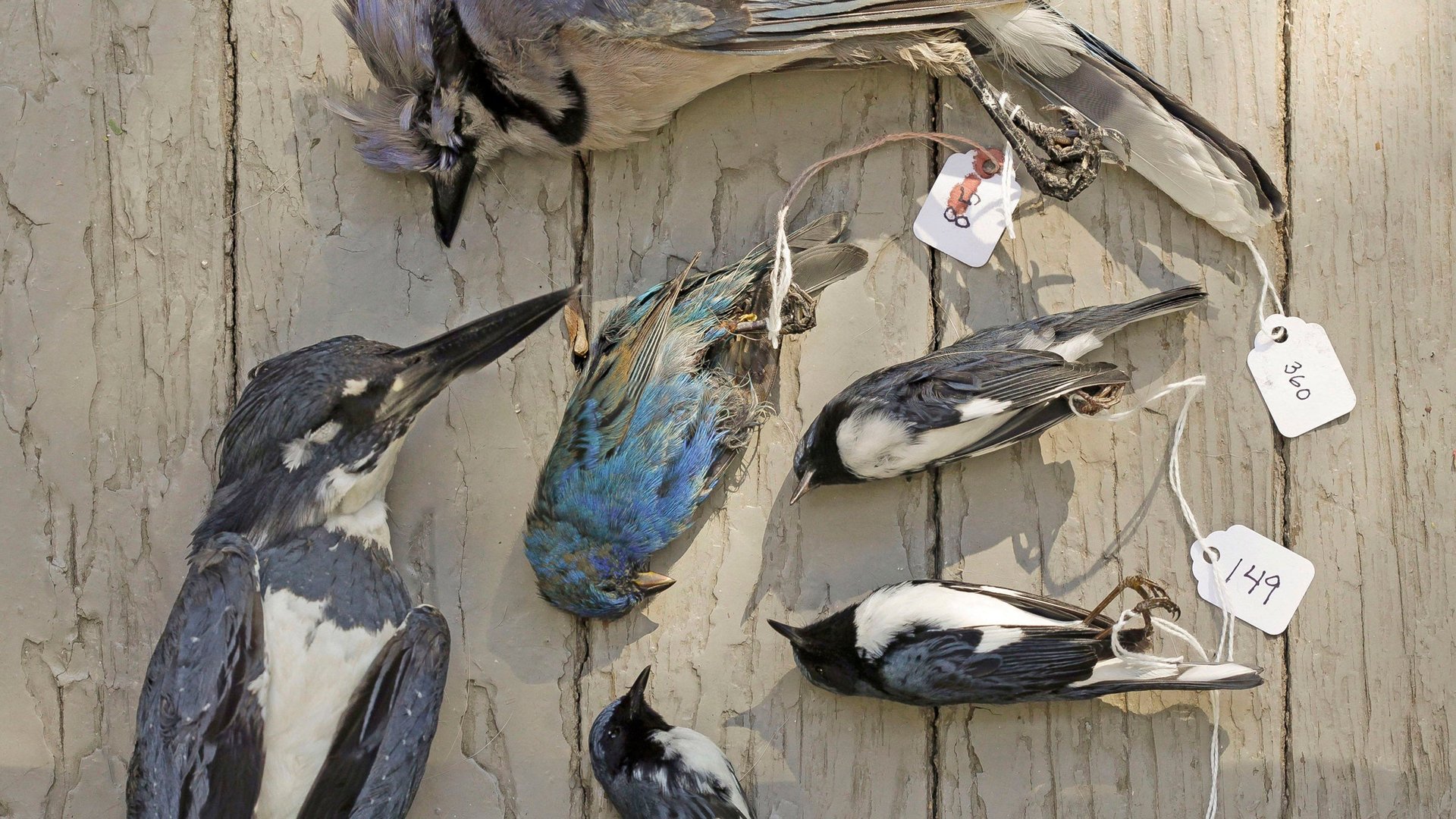New York is dimming its lights to save migratory birds from crashing into buildings
In a bid to save birds, the state of New York has decided to turn off unnecessary lights in its buildings. The hope is that migrating birds, who use starlight for navigation, won’t be distracted by shiny things and die by crashing in to glass buildings.


In a bid to save birds, the state of New York has decided to turn off unnecessary lights in its buildings. The hope is that migrating birds, who use starlight for navigation, won’t be distracted by shiny things and die by crashing in to glass buildings.
Migratory birds fly below 2,000 feet, and may be lower on rainy nights. The bright lights in glass buildings can cause disorientation, leading to what has been labeled “fatal attraction.”
Bird deaths due to collisions number in the hundreds of millions in the US alone, according to a 2005 study by the US department of agriculture. The issue has gained more importance since the launch of the Lights Out program more than a decade ago by the conservation non-profit National Audubon Society.
The society already works with more than 20 major US cities, such as Baltimore, Chicago and San Francisco. For instance, New York city has been organizing Lights Out since 2005, with more than 90 of city’s buildings, including Rockefeller Center, the Chrysler Building and the Time Warner Center. Now, with the backing of New York governor Andrew Cuomo, each spring and autumn, which are peak migration seasons, bright outdoor lights will be turned off between 11pm and dawn.
A bird collision kill both weak and fit indiscriminately. And that’s particularly worrying, according to Daniel Kelm, who pioneered on study on window strikes. “You may be killing some very important members of the population that would be instrumental in maintaining its health,” he told the BBC.
Apart from dimming lights, there are other ways of cutting down birth deaths. Last month, Quartz reported on the work of Lights Out volunteers in Washington, DC and how better-designed buildings could save these birds. For instance, take the Aqua Centre in Chicago, the 82-story building features balconies that interrupt its smooth, reflective surface and provide the birds a perch.
Recently, novelist and bird-watcher Jonathan Franzen, penned a controversial article for the New Yorker that criticized our focus on climate change instead of conservation. It was the bird-unfriendly design of a football stadium in Minnesota that got him riled up. The makers of stadium weren’t ready to invest a small amount of money to alter their design.
Perhaps both environmentalists and Franzen will approve of New York state’s decision to dim lights. It helps both reduce carbon emissions and save birds, in whatever small way.